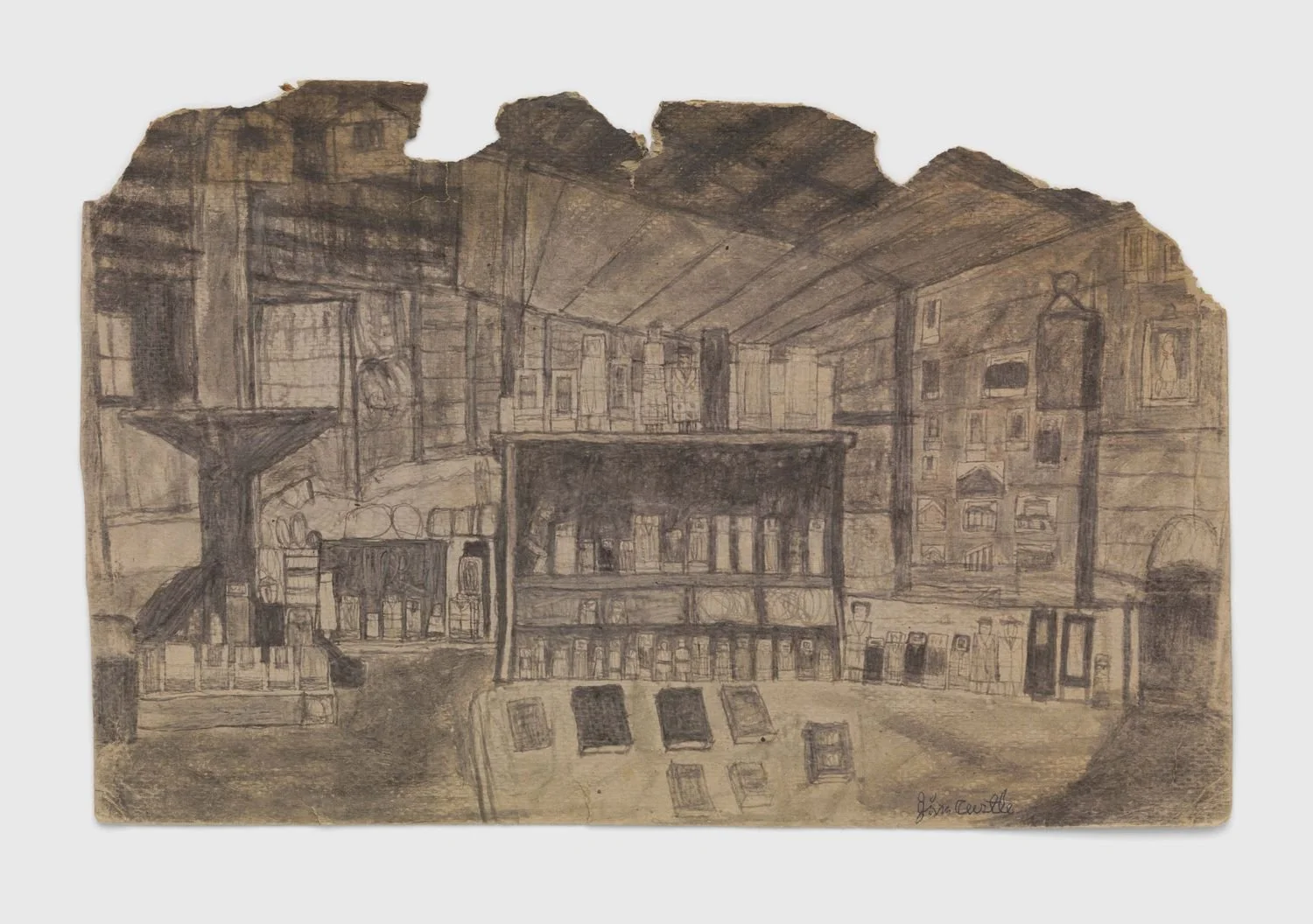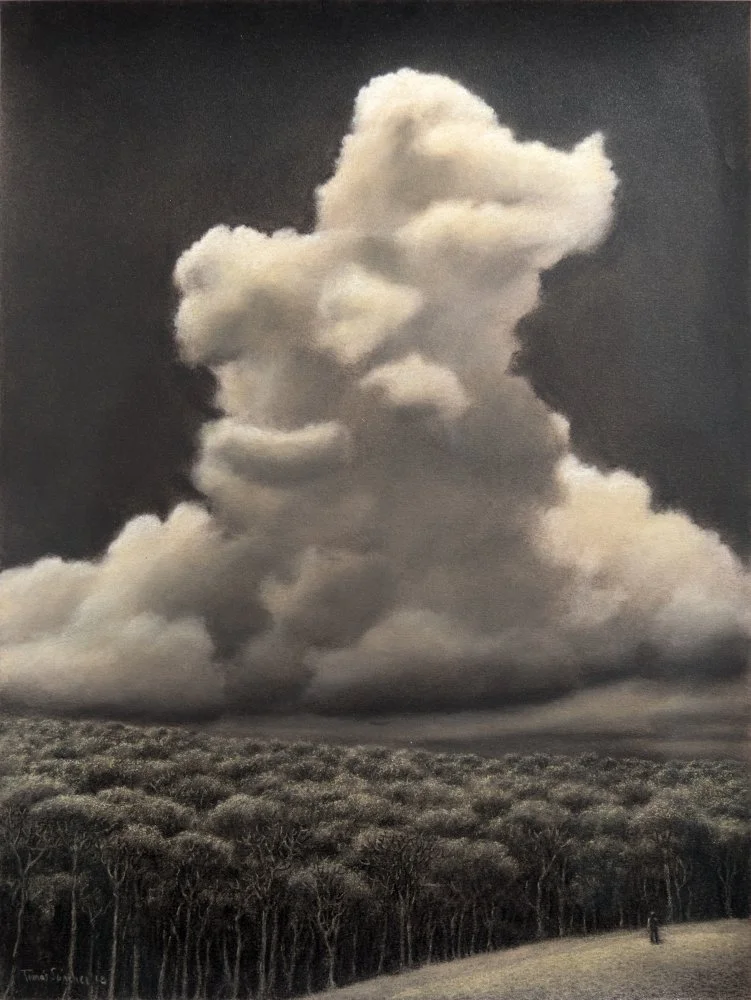Pierre Knop
“Paysage Wonderlust”
New York, 245 Tenth Avenue
Pierre Knop’s paintings convey a childlike fantasia, depicting idyllic mountainous landscapes, backyard swimming pools and boxing gyms, with swirling, vibrant colors and a deliberate flattening of perspective. Approaching the empty canvas as both a sketchbook and a painting, the artist combines multiple mediums to render enchanted scenes inspired by his natural surroundings and personal memories, often leaving areas of raw canvas or seemingly unfinished passages. This loose and playful creative process, complicated by decidedly Expressionist and Post-Impressionist influences, opens interpretation of each painting to multiple storylines and moods.
Boxers 2021 Crayon, Oil Stick, Ink, and Oil on Canvas 60 1/2" x 60 5/8" (153.5 x 164 cm)
Paysage Wonderlust features Knop’s landscapes, a genre he has appreciated since childhood travels with his family. In each tableau, trees, mountains, sky and sea, loom large, powerfully upstaging the small human and animal figures quietly hiking, resting or performing mundane tasks. Viewers, too, are invited to enter Knop’s kaleidoscopic, timeless worlds through multiple access points, led in by close proximity to foreground figures or by following trails into the scene. In Bay Watch, 2021, bystanders on the boat and on shore look up and out towards a colorful seascape, which is interrupted by the drawing-board quality of the trees and sky. By using numerous mediums such as crayon, oil stick, oil pastel, acrylic, and ink, on the same canvas, and by toggling between use of fine drawn lines and thicker brush strokes, the intentional and unintentional, the descriptive and the ambiguous, Knop presents a fluid scene in a continual state of flux and tension.
The same tensions are more explicitly conveyed in Knop’s interiors with eerie yet colorful scenes of boxers. In close confines and often with an audience, gloved figures take swings at one another in confrontation, showcasing the artist’s interest in themes of fighting and masculinity throughout history, but represented through a fantastical lens. In Gym, 2021, boxers battle in a room painted a deep purple color inflected with orange, green, pink and blue, while fellow gym-goers with clown-like faces creep in from the bottom edges. The friction between the boxers, and between whimsy and foreboding, further enhances the picture’s ambiguity, as do the ebbs and flows of Knop’s intuitive, painterly technique. Bright colors in contrast with darker tones and thickly applied paint add to the melancholy boxing scenes that reference some of the artist’s influences, ranging from Edvard Munch to Philip Guston.







